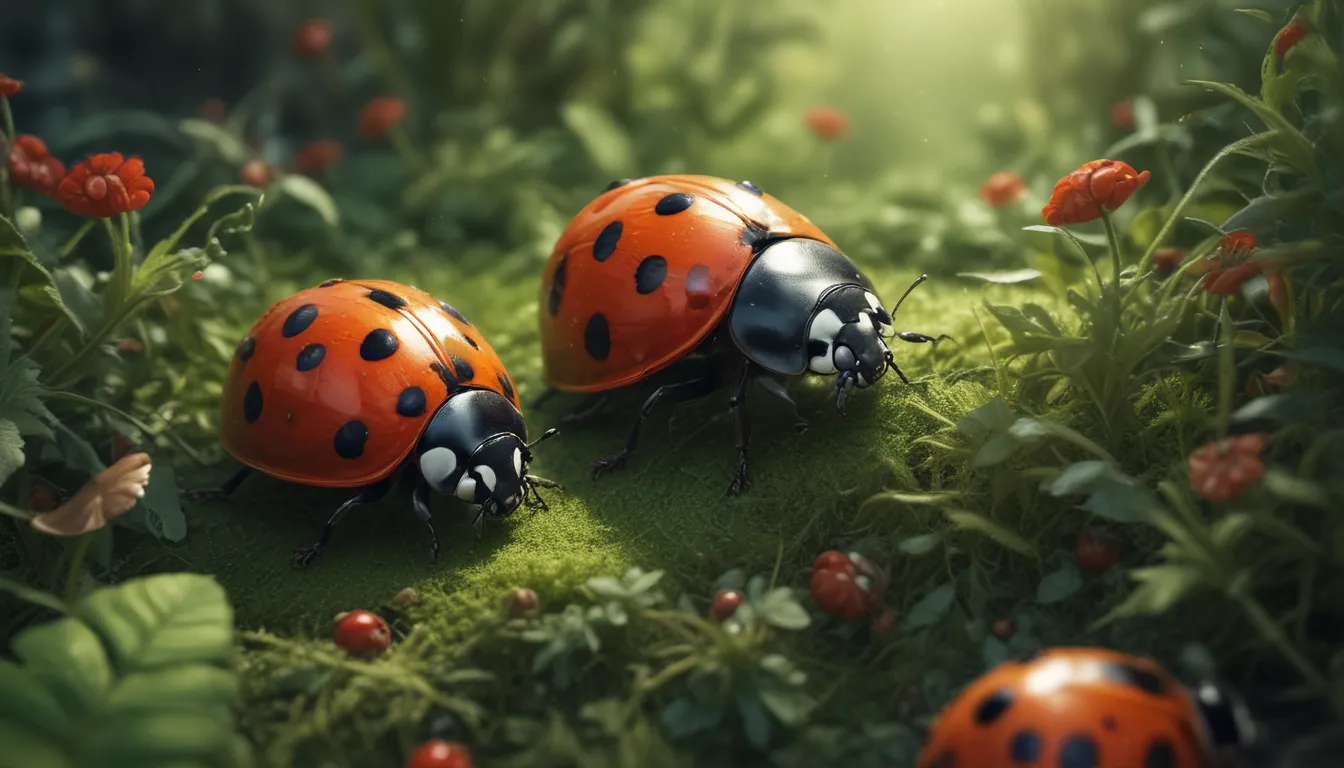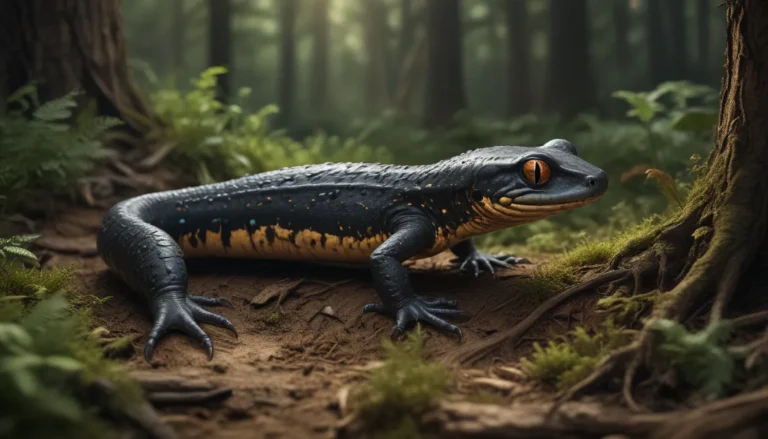The pictures we use in our articles might not show exactly what the words say. We choose these pictures to make you interested in reading more. The pictures work together with the words but don’t take their place. The words still tell you the important facts.
Ladybugs, also known as ladybirds or lady beetles, are undeniably one of the most visually appealing insects in the world. Not only are they aesthetically pleasing, but they also play a vital role in the ecosystem by acting as nature's pest control agents. These fascinating creatures are renowned for their voracious appetite for insects that often plague plants and crops. If you find yourself intrigued by these attractive little beetles, join us on a journey to uncover some captivating ladybug facts that will leave you in awe of these tiny wonders.
Ladybug Basics: Unveiling the Essential Facts
- Ladybugs, scientifically known as Coccinellidae, belong to a widespread family of beetles.
- With over 5,000 species discovered worldwide, these beetles come in various sizes ranging from 0.8 to 18 mm.
- Ladybugs are classified in the Animalia kingdom within the Insecta class.
- The word "coccinellids" originates from Latin, meaning 'scarlet', although ladybugs can come in an array of colors like yellow, orange, and brown.
- Unlike their iconic red hue, ladybugs also sport diverse patterns and colors, including stripes and spots.
- When it comes to reproduction, ladybugs engage in mating rituals during spring and early summer, with females laying hundreds of eggs on the underside of leaves.
- Surprisingly, the male ladybug is generally smaller than its female counterparts and can fly remarkable distances of up to 74 miles without stopping.
The Insatiable Appetite of Ladybugs: A Deeper Dive
Ladybugs are revered for their insatiable appetite for insects, with a single ladybug consuming up to 50 aphids daily to satisfy its hunger. On average, a ladybug devours a staggering 5,000 insects throughout its one-year lifespan, making it a natural ally in combating crop pests. Scientists have confirmed that ladybugs significantly contribute to crop protection by preying on common pests, such as aphids, thereby safeguarding plant health and yield.
Moreover, a groundbreaking study conducted in 2010 unveiled the intriguing realm of ladybug sounds. By utilizing advanced technology, scientists were able to record the subtle sounds emitted by ladybugs and other minuscule insects, shedding light on their communication and behavior. This discovery not only expanded our understanding of these tiny creatures but also paved the way for further research to harness their unique features for insect-related challenges.
The Tale of Ladybugs: Symbols of Good Fortune
Across numerous cultures and traditions, ladybugs are revered as symbols of good luck and prosperity. From ancient superstitions to modern beliefs, these charming beetles hold a special place in folklore. In France, it is believed that encountering a ladybug can bring healing and relief from ailments, while in Belgium, spotting a ladybug crawling on a lady's hand is considered a harbinger of impending marriage.
However, amid the tales of good fortune, cautionary superstitions warn against harming ladybugs, as it may invoke bad luck or curses. The intricate web of beliefs and stories surrounding ladybugs adds a touch of magic to these enigmatic insects, highlighting their enduring charm and mystique.
Ladybugs: Guardians of Nature’s Balance
Ladybugs are equipped with a remarkable defense mechanism to deter predators: reflex bleeding. When threatened, ladybugs exude an alkaloid toxin through their exoskeleton joints, poisoning potential predators upon consumption. This ingenious defense strategy extends to both larval and adult stages, ensuring their survival in the face of threats from birds, frogs, spiders, and other insects.
In addition to their toxic defense, ladybugs boast a protective shell called elytra, shielding their delicate wings and vital organs from harm. The vibrant colors and patterns on their shells serve as warning signals to predators, deterring them with the illusion of toxicity or unpleasant taste. These adaptive features underscore the resilience and resourcefulness of ladybugs in navigating the natural world.
Unveiling the Mysteries of Ladybug Lore
In the enchanting realm of English folklore, ladybugs don intriguing monikers, including "the amazing bushy bishy barnabee" and "our lady's bird." These whimsical names reflect the endearing connection between humans and ladybugs, adding a touch of whimsy to their narrative. Moreover, the fluctuating populations of ladybugs in England underscore the delicate balance of environmental factors that shape their habitats and survival strategies.
Delving deeper into the anatomy of ladybugs, their hard shell, known as elytra, serves as a shield for their internal organs, safeguarding them from external threats and environmental challenges. This evolutionary adaptation plays a pivotal role in their survival and underscores the intricate design of nature's defense mechanisms.
The Legacy of Ladybugs: Stories of Endurance and Renewal
In a symbolic tribute to the Virgin Mary, ladybugs were named after her by the Oxford dictionary, with the seven spots on their shells representing the seven sorrows she endured. This historical reference enriches the cultural legacy of ladybugs, intertwining spirituality with the marvels of nature in a harmonious tapestry of folklore and faith.
As winter descends and temperatures plummet, ladybugs embark on a journey of hibernation, seeking refuge in warm and sheltered spaces to survive the cold months. Their collective hibernation in colonies serves as a testament to resilience and unity, as they huddle together to conserve warmth and emerge unscathed when the spring sun heralds a new season of growth and vitality.
Ladybugs, with their enduring legacy and remarkable adaptability, exemplify the bond between nature and humanity, weaving a tale of mystery and wonder that transcends generations. Through their vibrant colors, intricate behaviors, and enduring resilience, ladybugs continue to captivate our imagination and inspire awe in the beauty of the natural world. So next time you spot a ladybug, take a moment to appreciate the intricate tapestry of life it represents, a testament to the enduring power of nature's wonders.






